Aldo Covello9789812560933, 98-1-256-093-9
Table of contents :
CONTENTS……Page 10
Foreword……Page 8
Program……Page 18
Section I PRESENT AND FUTURE OF NUCLEAR STRUCTURE WITH RARE ISOTOPE BEAMS……Page 24
2. The ISAC Facility……Page 26
3. The Experimental Program at ISAC……Page 29
References……Page 33
1. Introduction……Page 34
2. Experimental Details……Page 35
3.1. The 2+ state in 8Be……Page 36
3.2. The Charge Radius of 6He……Page 39
4. R&D at ANL towards a future RIA Facility……Page 40
4.2. Liquid Lithium Target Technology……Page 41
5. Acknowledgments……Page 42
References……Page 43
1. REX-ISOLDE……Page 44
1.1. The Charge State Breeder……Page 45
1.2. The REX-LINAC……Page 47
2. The MINIBALL Array……Page 48
3. First Experiments……Page 52
4. Outlook……Page 56
References……Page 57
1. Overview……Page 58
2. The radioactive beam facility……Page 60
3. Experiments with slowed-down and stopped beams……Page 61
4. Scattering experiments with high-energy rare-ion beams……Page 63
5. Experiments with stored and cooled beams……Page 64
References……Page 65
1- Physics objectives and specifications……Page 66
Production hall……Page 67
2- Reference project……Page 68
3 – Accelerator driver……Page 69
Injector……Page 70
Superconducting linuc……Page 71
4 – RIB production station……Page 72
Targets……Page 73
Secondary beam transport lines……Page 74
7 – Project schedule and cost……Page 75
1. Introduction……Page 76
2. Shape/Phase Transitions in Finite Nuclei and Their Locus……Page 77
3. Mapping the Symmetry Triangle……Page 80
4. Regularity vs. Chaos in Nuclear Spectra……Page 81
Acknowledgments……Page 83
References……Page 84
First Measurement of a Magnetic Moment of a Short-Lived State with an Accelerated Radioactive Beam: 76Kr N. Benczer-Koller, G. Kumbartzki, K. Hales, J. R. Cooper, L. Bernstein, L. Ahle, A. Schiller, T. J. Mertzimekis, M. J. Taylor, M. A. McMahan, L. Phair, J. Powell, C. Silver, D. Wutte, P. Maier-Komor, and K.-H. Speidel……Page 86
1. Introduction……Page 87
1.3. The magnetic moment measurement……Page 88
2. Results……Page 90
3. Discussion……Page 92
References……Page 94
1. Introduction……Page 96
2. New effective interactions in RMF theory……Page 97
3. Halos and giant halos……Page 99
4. Spin symmetry in anti-nucleon spectra……Page 100
5. Magic numbers in superheavy nuclei……Page 102
References……Page 104
1. Introduction……Page 106
2. Decay widths for deformed proton emitters: Adiabatic approach……Page 107
3. The non-adiabatic quasi-particle approach: contributions from Coriolis mixing and pairing residual interaction……Page 110
4. Conclusions……Page 112
References……Page 113
1. Introduction……Page 114
2. Formalism……Page 115
3. Applications……Page 118
References……Page 123
Section II NUCLEAR FORCES AND NUCLEAR STRUCTURE……Page 126
1. Introduction……Page 128
2. Counter terms……Page 131
3. Hermitian low-momentum interactions……Page 134
References……Page 138
1. Introduction……Page 140
2.1. 3H and 4 H e……Page 141
2.2. 160……Page 143
2.3. 15O and 170……Page 144
References……Page 146
1. INTRODUCTION……Page 148
2. NO-CORE SHELL-MODEL APPROACH……Page 149
3. RESULTS……Page 151
4. CONCLUSIONS……Page 154
References……Page 155
1. Getting acquainted with Hm……Page 158
1.1. The isospin puzzle……Page 159
2.1. Forms of Hdm……Page 161
3. Inventing Hdm……Page 162
3.1. Predicted monopole shell effects……Page 164
4.1. Comparing Hdm with data……Page 165
4.2. Comparing Hdm with realistic forces……Page 166
References……Page 168
1. Introduction……Page 170
2. Coupled Cluster approach to Nuclei……Page 171
3. Perspectives and Future Plans……Page 178
References……Page 179
1. Introduction……Page 182
2. The Boson Dynamic Correlation Model……Page 183
3.1. The calculated spectrum of 18 O……Page 185
3.2. Spectrum and charge radius of 6Li……Page 188
References……Page 189
1. Introduction……Page 190
2.1. Slcyrme-HFB method……Page 191
2.2. Particle-nurnber-projection……Page 192
2.4. Sample PNP HFB results……Page 195
3.1. The shift invariance under the “mixed density” recipe……Page 196
3.3. The innocent singularity in DFT applications……Page 198
References……Page 199
1. Introduction……Page 200
2. Supersymmetric Quantum Mechanics……Page 201
3. Dirac Hamiltonian with Central Fields……Page 202
4. Relativistic Pseudospin Symmetry in Nuclei……Page 203
5. Relativistic Pseudospin Symmetry and SUSY……Page 205
References……Page 207
1. Introduction……Page 208
3. Pseudospin Symmetry Generators……Page 209
4. Pseudospin Symmetry for Axially Deformed and Spherical Nuclei……Page 210
5. Summary……Page 213
6. Future……Page 214
Section III THE ROLE OF SHELL MODEL IN THE UNDERSTANDING OF NUCLEAR STRUCTURE……Page 216
1. Introduction……Page 218
2. Outline of theoretical framework……Page 219
3. Selected results of realistic shell-model calculations……Page 221
4. Phase-shift equivalent nucleon-nucleon potentials and nuclear structure calculations……Page 224
5. Concluding remarks……Page 226
References……Page 227
1. Introduction……Page 228
2. The Measurement and Discussion……Page 231
References……Page 234
1. Introduction……Page 236
2. Experimental procedure……Page 237
3. Level scheme of the odd-In isotopes……Page 238
4.1. Odd In nuclei……Page 240
4.2. Even In nuclei……Page 242
5. Even Cd isotopes in the framework of the shell model……Page 243
References……Page 245
1. Introduction……Page 246
2. Experiment……Page 247
3. Discussion……Page 248
Acknowledgments……Page 249
References……Page 250
Structure of the 100Sn Region Based on a Core Excited E4 Isomer in 98Cd M. Gorska, A . Blazhev, H. Grawe, J. Doring, C. Plettner, J . Nyberg, M. Palacz, E. Caurier, D. Curien, 0. Dorvaux, F. Nowacki, A. Gadea, G. de Angelis, C. Fahlander, and D. Rudo……Page 252
1. Introduction……Page 253
2. Experimental Methods……Page 254
4. Predicted Seniority Isomers……Page 256
References……Page 258
New Yrast States in Nuclei from the 48Ca Region Studied with Deep-Inelastic Heavy Ion Reactions R. Broda, B. Fornal, W. Krolas, T. Pawtat, J . Wrzesinski, R. V. F. Janssens, M. P. Carpenter, S. J. Freeman, N. Hammond, T. Lauritsen, C. J. Lister, F. Moore, D. Seweryniak, P. J. Daly, Z. W. Grabowski, B. A . Brown, and M. Honma……Page 260
2. Experiments and data analysis……Page 261
3. Yrast excitations in the 48Ca magic nucleus……Page 262
4. The N=30 isotones – 50Ca and 51Sc……Page 265
References……Page 269
Yrast Structure of Neutron-Rich N=31-32 Titanium Nuclei – Subshell Closure a t N=32 B. Fomzal, R. Broda, W. Krdlas, T. Pawlat, J. Wrzesin’ski, R. V. F. Janssens, M. P. Carpenter, F. G. Kondev, T. Lauritsen, D. Seweryniak, I. Wiedenhover, M. Honma, B. A . Brown, P. F. Mantica, P. J. Daly, Z. W. Grabowski,
S. Lunardi, N. Marginean, C. Ur, T. Mizusaki, and T. Otsuka……Page 270
1. Introduction……Page 271
2. Experimental procedure and results……Page 272
3. Discussion……Page 275
References……Page 279
Magnetic Moment Measurements of Neutron-Rich g g / 2 Isomeric States J. M. Daugas, G. Be’lier, M. Girod, H. Goutte, V. Meot, 0. Roig, I. Matea, G. Georgiev, M. Lewitowicz, F. de Oliveira Safitos, M. Hass, L. T. Baby, G. Goldring, G. Neyens, D. Borremans, P. Himpe, R. Astabatyan, S. Lukyanov, Yu. E. Penionzhkevich, D. L. Balabanski, and M. Sawicka……Page 280
1. Introduction……Page 281
2.1. The TDPAD-method……Page 282
2.3. Experimental set-up……Page 283
3.1. Measurement of the 54mFe……Page 284
3.2. g-factor of the 61rnFe……Page 285
4. Summary……Page 286
References……Page 287
1. Introduction……Page 288
2. Inclusive measurements : main findings……Page 289
3. Inclusive measurements : the 40Ca+208Pb system……Page 291
4. Measurements with the PRISMA set-up……Page 293
Acknowledgments……Page 296
References……Page 297
Study of 110Sn via 112Sn(p,t) Reaction P. Guazzoni, L. Zetta, A . Covello, A . Gargano, G. Graw, R. Hertenberger, H.-F. Wirth, B. Bayman, and M. Jaskola……Page 298
2. Experimental Procedure and Results……Page 299
3.1. Cluster D WBA Calculations……Page 300
3.2. Microscopic D WBA calculations……Page 302
4. Shell Model Calculations and Results……Page 303
References……Page 305
1. The single j model for 44Ti, 46Ti, and 48Ti……Page 306
2. The number of JA = 0 TA = 1 np pairs……Page 309
3. The special case of 44Ti……Page 310
4. The number of JA pairs in 44Ti……Page 311
References……Page 313
1. Introduction……Page 314
2. The algorithm……Page 315
4. Applications to typical nuclei……Page 316
4.1. Eigenvalues……Page 317
4.2. Eigenvectors and E2 transitions……Page 318
References……Page 321
1. Introduction……Page 322
2. Shifted-Contour Monte Carlo Method……Page 323
References……Page 326
Section IV COLLECTIVE ASPECTS OF NUCLEAR STRUCTURE……Page 328
2.1. Bosonization……Page 330
2.2. Phase diagram of nuclei (one fluid)……Page 331
2.3.2. The first order U(5) – SU(3) transition……Page 332
2.4. Finite N eflects……Page 333
3. Spectral signatures of critical points……Page 334
4.1. =axial shapes……Page 337
4.2. Proton-Neutron a ystems (Two-fluid)……Page 338
References……Page 339
1. Introduction……Page 342
2. Bases for the hydrodynamic collective model……Page 343
3. A more efficient basis for deformed nuclei……Page 344
4. The U(5) to O(5) phase transition in the IBM……Page 345
References……Page 349
1. Introduction……Page 350
2. Davidson potentials in the E(5) framework……Page 351
3. Davidson potentials in the X(5) framework……Page 354
References……Page 357
Transition Probabilities: A Key to Prove the X(5) Symmetry D. Tonev, G. de Angelis, A . Gadea, D. R . Napoli, M. Axiotis, N. Marginean, T. Martinez, A . Dewald, T. Klug, J. Jolie, A. Fitzler, 0. Moller, B. Saha, P. Pejovic, S. Heinze, P. von Brentano, P. Petkov, R. F. Casten, D. Bazzacco,
E. Farnea, S. Lenzi, S. Lunardi, and R. Menegazzo……Page 358
1. Introduction……Page 359
2. Experimental details……Page 360
3. Discussion……Page 362
References……Page 365
1. Introduction……Page 366
2. The part of the spectrum……Page 367
4. B(E2) transition rates……Page 369
5. Numerical results……Page 370
6. Comparison to experiment……Page 372
References……Page 373
1. Introduction……Page 374
1.2. Odd-even nuclei and supersymmetry……Page 375
1.3. Odd-odd Nuclei and the extended supersymmetry……Page 376
2. Transfer reaction studies……Page 377
3. Spectroscopic factors and conclusions……Page 380
References……Page 382
1. Introduction……Page 384
2. Coherent states of composites……Page 386
3. Composites path integral……Page 388
4. The action in a single j-shell……Page 390
5. The Hamiltonian……Page 391
6. Summary……Page 392
References……Page 393
1. Introduction……Page 394
2.1. Energy levels……Page 395
2.2. Electromagnetic properties……Page 396
2.3. decay……Page 398
3. Discussion……Page 399
References……Page 401
1. Introduction……Page 402
2. Group theoretical background for the IVBM……Page 403
2.1. Reduction through the noncompact Sp(4,R)……Page 404
3. Distribution of low-lying collective states……Page 406
3.1. Analysis of the results……Page 407
4. Conclusion……Page 410
References……Page 411
1. Instrumentation……Page 412
2. Probing the three shapes of lasPb……Page 413
3. Spectroscopic studies of very heavy elements……Page 416
References……Page 420
1. Motivation……Page 422
2. Experiments……Page 423
4. Discussion……Page 425
4.1. E l two-phonon excitations……Page 426
4.2. M l excitations to 1+ mixed-symmetry states……Page 428
4.3. Hints for the E(5) Phase Transition ?……Page 429
References……Page 431
Role of Thermal Pairing in Reducing the Giant Dipole Resonance Width at Low Temperature N. Dinh Dang and A . Arima……Page 432
References……Page 439
1. Introduction……Page 440
2. Low-T regime: superdeformation in light nuclei……Page 441
3. High-T regime: Jacobi shape transitions and Coriolis effects in the GDR in light nuclei……Page 443
4. Link between high-T and low-T regimes: GDR feeding of the SD band in 42Ca……Page 445
Acknowledgments……Page 446
References……Page 447
1. Molecular Dipole Excitation……Page 448
2. The AGB Molecular Sum Rule……Page 449
References……Page 452
1. Introduction……Page 454
2. Reminder of formalism……Page 455
3. Fixed- vs. moving-surface strength distributions……Page 458
4. Conclusions……Page 461
References……Page 462
1. Introduction……Page 464
2. Beyond the standard model……Page 465
3. Three-phonon states: Calculations and results……Page 468
4. Double giant resonances cross section……Page 469
References……Page 471
Shape Evolution and Triaxiality in Neutron Rich Y, Nb, Tc, Rh and Ag Y. X . Luo, J. O. Rasmussen, J. H. Hamilton, A . V. Ramayya, J. K. Hwang, S. J. Zhu, P. M. Gore, E. F. Jones, S. C. Wu, J. Gilat, I. Y. Lee, P. Fallon, T. N. Ginter, G. Ter-Akopian, A . V. Daniel, M. A . Stoyer, R. Donangelo, and A . Gelberg……Page 472
2. 99, 101 Y and 101, 105 Nb……Page 473
3. 105, 107, 109 Tc, 111, 113, Rh and 115, 117 Ag……Page 476
4. Acknowledgements……Page 481
References……Page 482
1. Introduction……Page 484
2. Experimental procedures……Page 486
4. Half-lives of several states in neutron rich nuclei from SF of 252Cf……Page 488
5. Conclusions……Page 490
References……Page 491
1. Introduction……Page 492
2. Results and Analysis……Page 493
3. Summary……Page 498
References……Page 499
1. Introduction……Page 500
2. Results and Analysis……Page 501
References……Page 505
1. Introduction……Page 506
2. Mean-field plus Extended Pairing Model……Page 507
2.1. Algebraic Underpinnings of the Theory……Page 508
2.2. Application to the 154-181 Yb Isotopes……Page 509
3. Algebraic ap(4) Pairing Model……Page 511
3.1. Energy Spectra of Isobaric Analog O+ States……Page 512
3.2. N = Z Irregularities, Staggering and the Pairing Gap……Page 513
Acknowledgments……Page 516
References……Page 517
1. Introduction……Page 518
2. Particle-vibration coupling and the induced interaction……Page 519
3. Solution of the Dyson equation……Page 522
4. Conclusions……Page 524
References……Page 525
1. Introduction……Page 526
2.1. IBM predictions……Page 527
2.2. The PSM predictions……Page 528
3. QPM study……Page 529
3.1. Numerical results……Page 531
4. Conclusion……Page 532
References……Page 533
1. Introduction……Page 536
2. Calculation and results……Page 537
2.1. RPA analysis……Page 538
2.2. QPM results……Page 539
References……Page 542
1. Introduction……Page 544
2. Method of calculations……Page 545
3. Details and results of calculations……Page 549
4. Conclusions……Page 550
5. Acknowledgments……Page 551
References……Page 552
1. Motivation……Page 554
2. Transition matrix element……Page 555
3. Numerical results……Page 558
References……Page 561
1. Introduction……Page 562
2. RPA in the rotating frame……Page 563
3. Calculations and results……Page 565
References……Page 569
1. Introduction……Page 572
2. Energy Correlations in the Ternary Fission of 252Cf(sf)……Page 573
3. Intermediate 5He, 7He and 8Li* LCPs in 252Cf(sf)……Page 574
4. 7-Ray Emission in 252Cf(sf) Ternary Fission……Page 576
5. Sequential LCP Decay and Quaternary Fission of 252Cf(sf) and 233~235U(nth,f)……Page 577
6. Energy Correlations in Ternary and Quaternary Fission of 235U(nth,f)……Page 579
7. Summary and Outlook……Page 580
References……Page 581
1. Introduction……Page 582
3. One and two-body shapes……Page 583
4. Potential barriers……Page 584
5. Third barrier and half-lives……Page 587
6. Summary and conclusion……Page 588
References……Page 589
1. Introduction……Page 590
2. Semiclassical Quantization……Page 591
3. Global spectral properties……Page 592
4. Local spectral properties……Page 593
References……Page 597
Section V SPECIAL TOPICS……Page 598
1. Introduction……Page 600
2. Outline of the power spectrum approach……Page 601
3. Results and discussion……Page 602
5. Conclusions……Page 606
References……Page 607
1. Introduction……Page 608
2. Ingredients of the theory……Page 610
3. SR phase transition……Page 611
4. Some applications……Page 612
4.1. Two collectivities……Page 613
4.2. Loosely bound nuclei……Page 614
5. Widths of exotic baryons……Page 615
6. Conclusion……Page 616
References……Page 617
1. Introduction……Page 618
2. The model……Page 620
3. Folding of small proteins……Page 621
4. Drug Design……Page 622
References……Page 624
List of Participants……Page 626
Author Index……Page 636
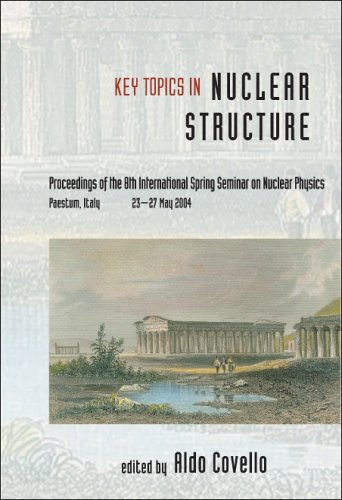
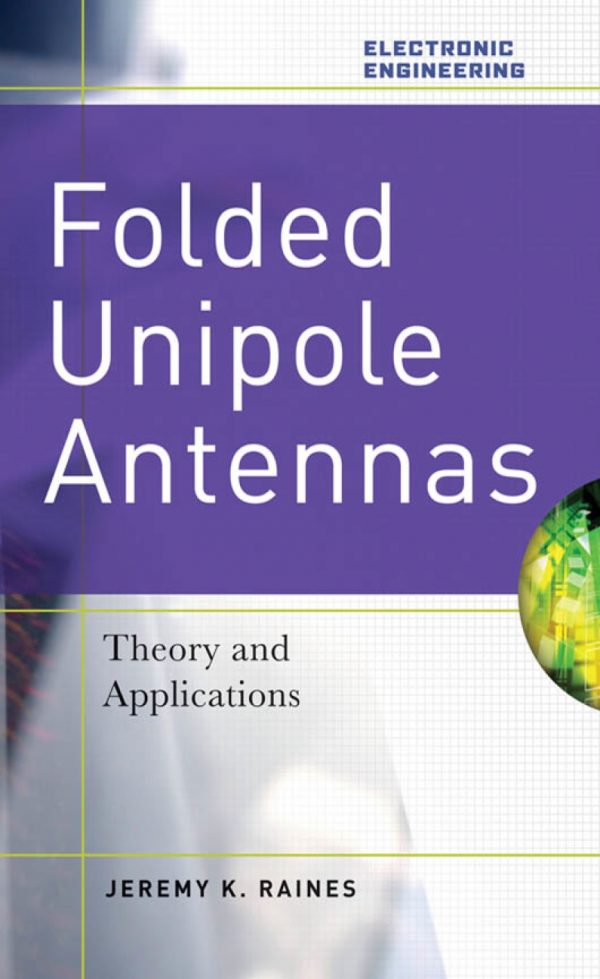
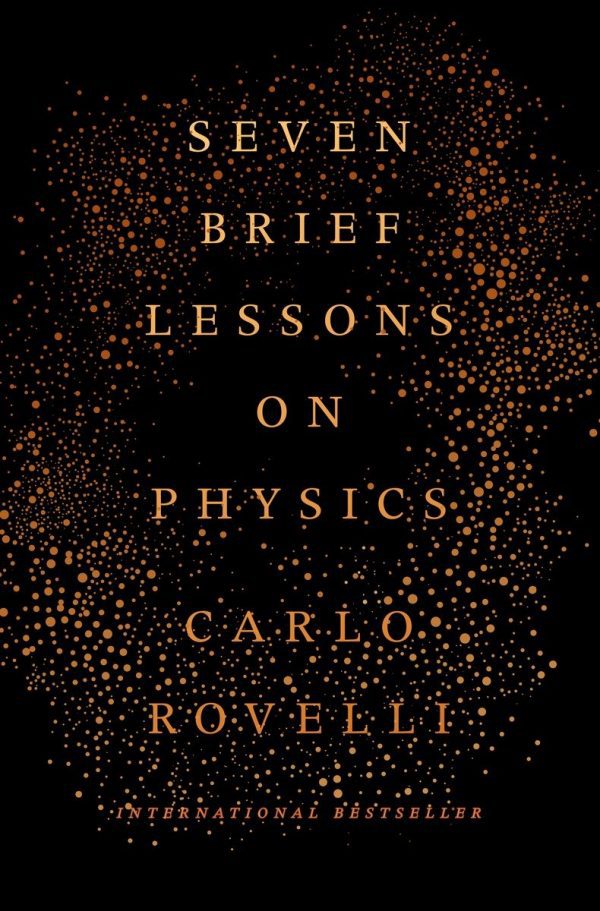
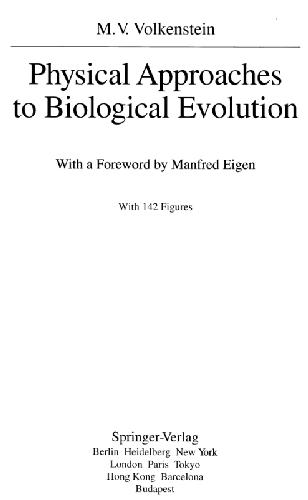

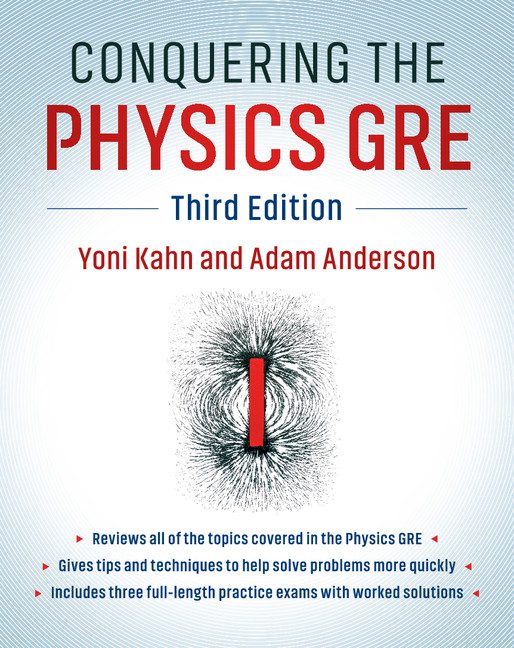
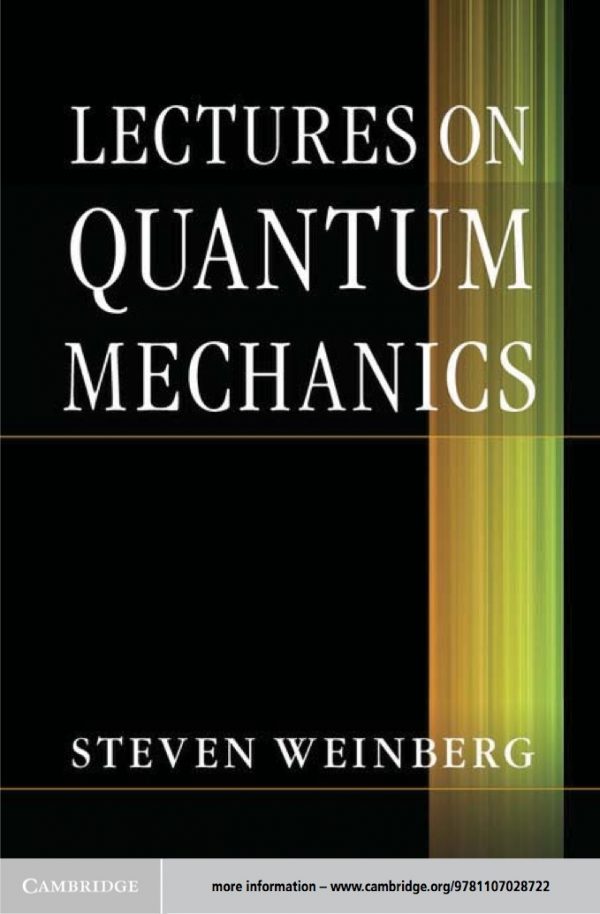
Reviews
There are no reviews yet.